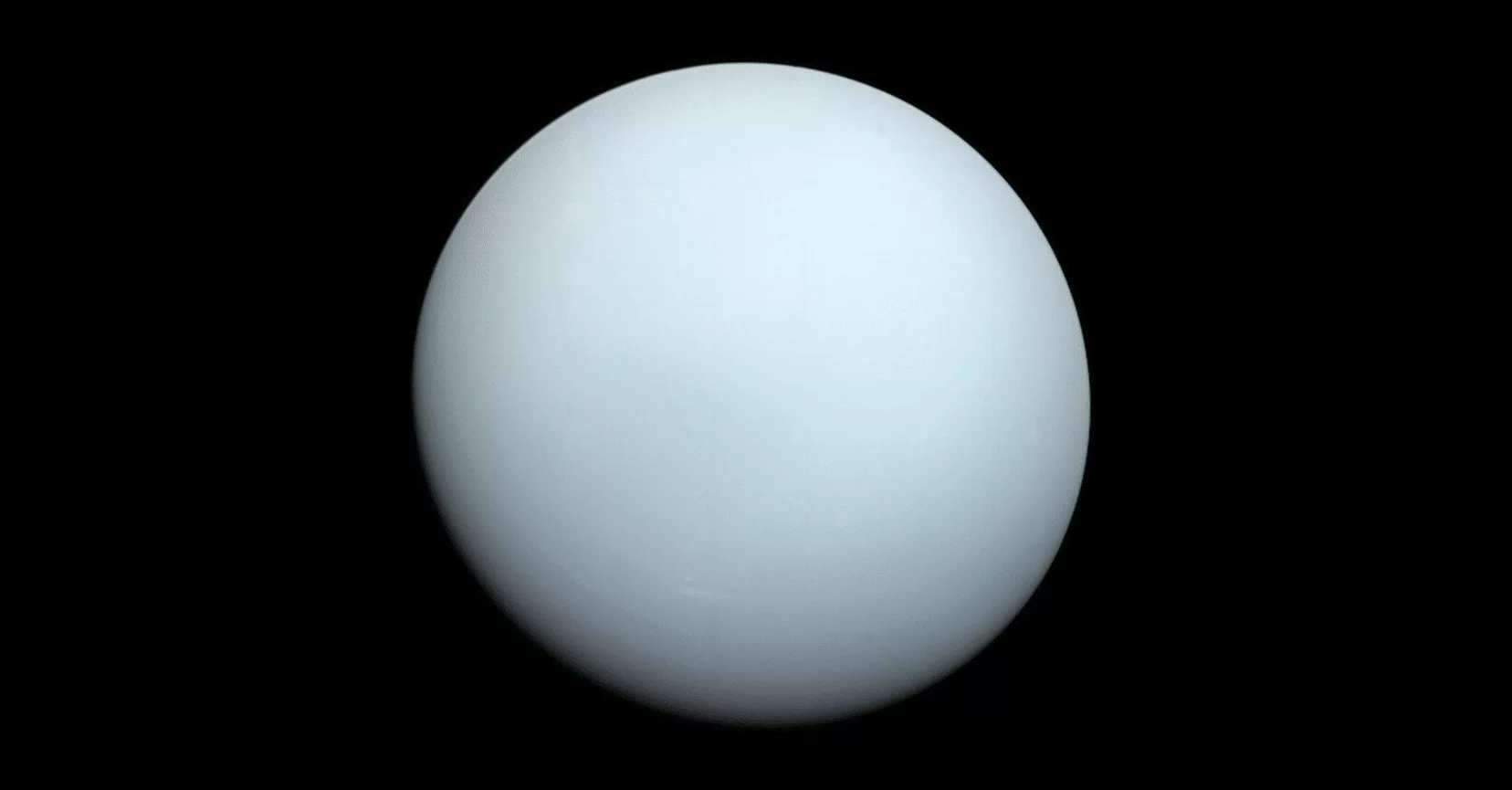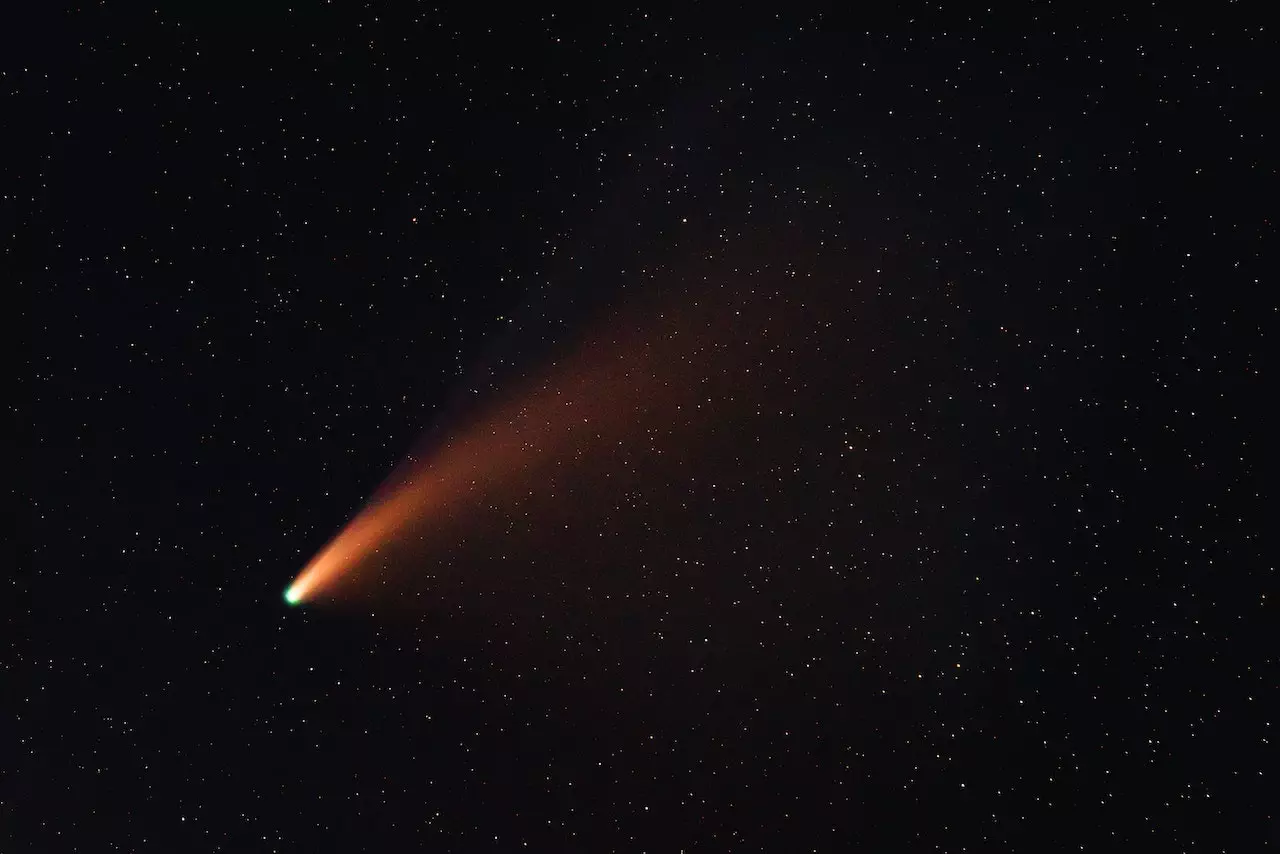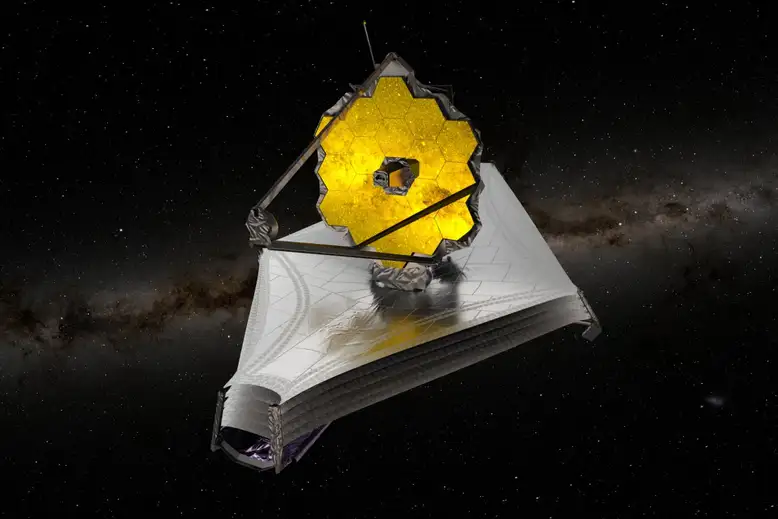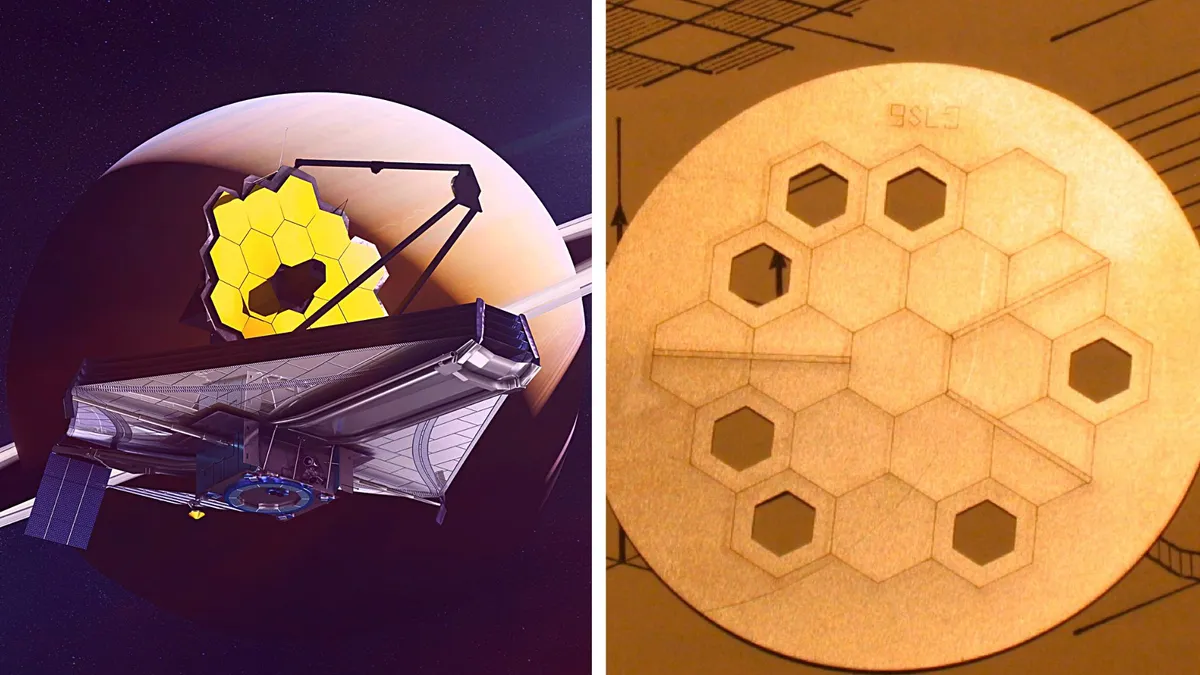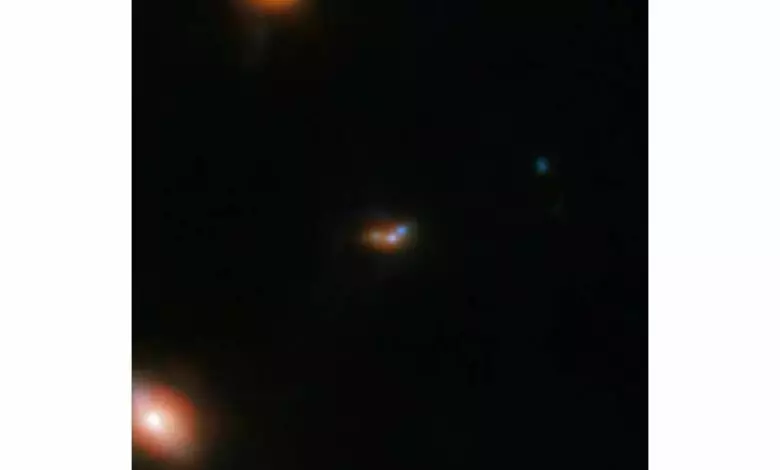
Webb reveals that galaxy mergers are the key to the early universe. One of the primary goals of the NASA/ESA/CSA James Webb Space Telescope is to explore the early universe. Now, the unrivaled resolution and sensitivity of Webb’s NIRCam instrument have revealed, for the first time, what lies in the local environment of galaxies in the early universe.
This has solved one of astronomy’s most perplexing mysteries: why do astronomers see light from hydrogen atoms that should be completely blocked by the pristine gas that formed after the Big Bang? These new Webb observations discovered small, faint objects surrounding the galaxies that exhibit “inexplicable” hydrogen emission.
The observations, combined with cutting-edge simulations of galaxies in the early universe, have revealed that the chaotic merging of these neighboring galaxies is responsible for this hydrogen emission. The findings were published in Nature Astronomy.
Read Also: Oldest Black Hole Ever Devours Galaxy Feasting From the Big Bang
Webb Reveals Universe’s Past: Webb Probes Far Reaches of Time
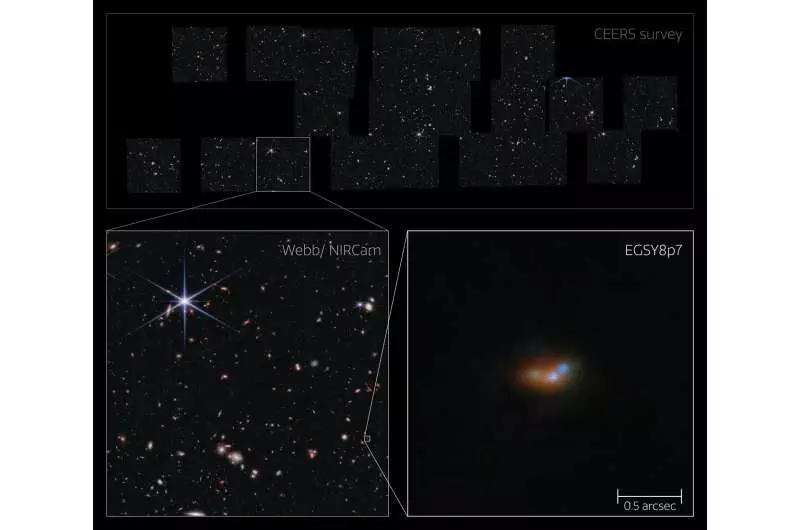
Light travels at a finite speed (300,000 kilometers per second). So the farther away a galaxy is, the longer it takes for light from it to reach our solar system. As a result, observations of the most distant galaxies probe the universe’s far reaches and allow us to study the universe in its past state.
To study the very early universe, astronomers need extremely powerful telescopes capable of observing very distant—and thus very faint—galaxies. Webb reveals distant galaxy mergers and thus investigates the universe’s early history. An international team of astronomers used Webb’s extraordinary abilities to solve a long-standing astronomical mystery.
During the early stages of star formation, galaxies produced abundant Lyman-α emission, a type of light emitted by hydrogen atoms. However, during the reionization epoch, these active star formation areas (also known as stellar nurseries) were surrounded by an enormous amount of neutral hydrogen gas.
Read Also: Brown Dwarf One of James Webb’s Early Discoveries
Webb’s Breakthrough: Smaller, Fainter Galaxies Hold Key to Hydrogen Emission
Furthermore, the space between galaxies was filled with more of this neutral gas than it is now. Astronomers have long predicted that the abundant Lyman-α emission released in the early universe would not be visible today. Due to the gas’s ability to absorb and scatter it.
However, this theory has not always held up under scrutiny, as astronomers have previously observed examples of very early hydrogen emissions. This has raised the question of how this hydrogen emission. which should have been absorbed or scattered long ago, is still being observed.
Callum Witten, a researcher at the University of Cambridge and the principal investigator on the new study. Elaborates: “One of the most puzzling issues that previous observations presented was the detection of light from hydrogen atoms in the very early universe. Which should have been completely blocked by the pristine neutral gas that formed after the Big Bang.
Many hypotheses have previously been proposed to explain the significant escape of this ‘inexplicable’ emission.”
Read Also: Oumuamua may help the James Webb Telescope find aliens
Computer Simulations Confirm Galaxy Mergers as an Emission Source.
Webb’s extraordinary combination of angular resolution and sensitivity enabled the team to make a breakthrough. The observations with Webb’s NIRCam instrument resolved smaller, fainter galaxies surrounding the bright galaxies that produced the inexplicable hydrogen emission. In other words, the area around these galaxies appears to be much busier than previously thought. With numerous small, faint galaxies.
Crucially, these smaller galaxies were interacting and merging. Webb discovered that galaxy mergers play an important role in explaining the mysterious emission from the first galaxies.
Sergio Martin-Alvarez, a team member from Stanford University, adds, “Where Hubble saw only a large galaxy, Webb saw a cluster of smaller interacting galaxies, and this discovery has had a huge impact on our understanding of the unexpected hydrogen emission from some of the first galaxies.”
Read Also: James Webb’s First Photos
Cosmic Puzzle Pieces Falling Into Place: Webb Sheds Light on Early Universe

The team then used cutting-edge computer simulations to investigate the physical processes that could explain their findings. They discovered that the rapid buildup of stellar mass caused by galaxy mergers both drove strong hydrogen emission and facilitated the escape of that radiation through channels free of abundant neutral gas.
So the high merger rate of previously unobserved smaller galaxies provided a compelling solution to the long-standing mystery of the inexplicable early hydrogen emission.
The team intends to conduct additional observations with galaxies at various stages of the merger to gain a better understanding of how hydrogen emissions are ejected from these changing systems. Finally, this will allow them to gain a better understanding of galaxy evolution.
More information: Callum Witten et al, Deciphering Lyman-α emission deep into the epoch of reionization, Nature Astronomy (2024). DOI: 10.1038/s41550-023-02179-3. www.nature.com/articles/s41550-023-02179-3
Journal information: Nature Astronomy

